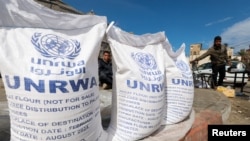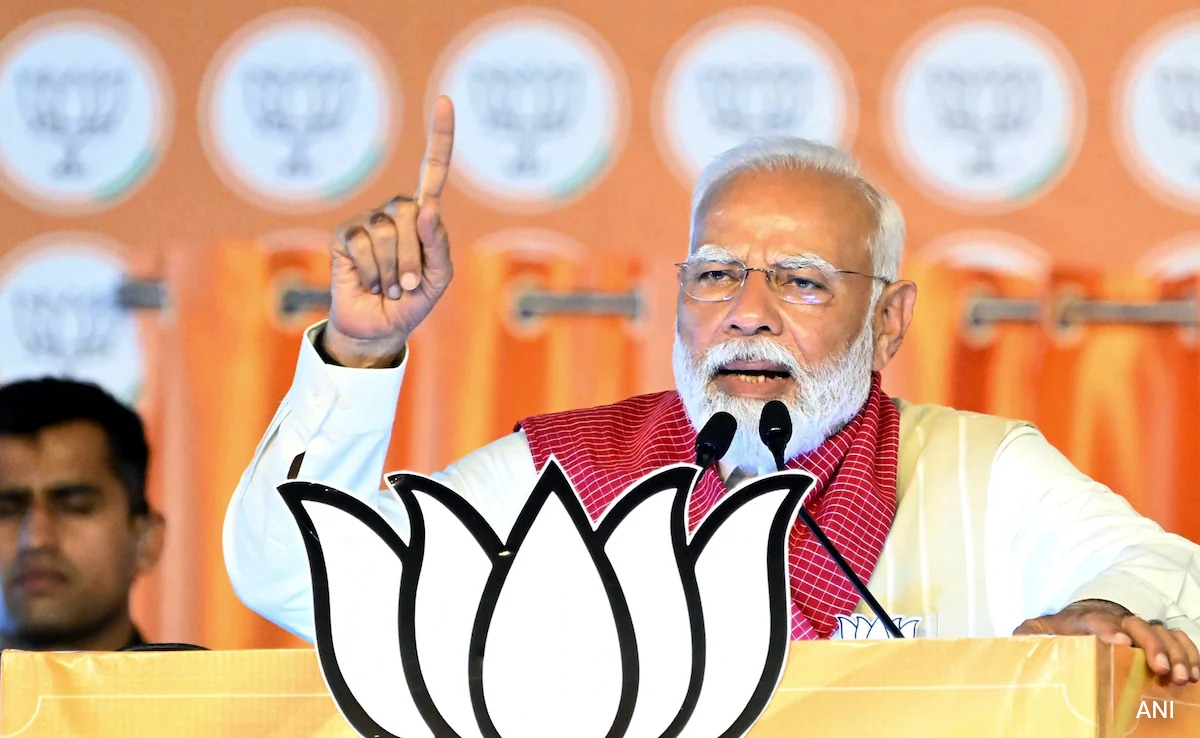Faced with possible budget cuts this year, the world’s leading humanitarian donor, the United States Agency for International Development (USAID), said it may need to reduce its response to global crises.
President Joe Biden’s proposed budget for this fiscal year calls for $10.6 billion in humanitarian aid as part of his overall foreign aid spending, well below actual spending in each of the past two years. Congress has yet to finalize the budget for the fiscal year that began last October.
U.S. humanitarian aid spending reached a record $17 billion in 2022, primarily in response to Russia’s invasion of Ukraine, and $15 billion in 2023. Spending amounts in both years were significantly higher than originally budgeted due to supplemental authorizations from Congress.
“We expect total humanitarian assistance obligations in fiscal year 2024 to be less than last year, which will require USAID to reduce nearly all crisis responses compared to 2023,” a USAID spokesperson told VOA in written comments this week. funding for the measure.”
USAID administers much of the government’s humanitarian assistance.
Despite projections, budget numbers can and sometimes do change during the year.
For example, the Biden administration requested $10.5 billion in humanitarian aid for fiscal year 2023, but Congress approved only $8.6 billion. Still, supplemental appropriations for the year brought the total to nearly $15 billion, a large portion of which went to Ukraine.
A spokesman for USAID said the agency still hopes Congress can reach agreement on supplemental national security appropriations for fiscal year 2024. Otherwise, “USAID will have no choice but to drastically cut life-saving programs.”
UNRWA funds suspended
In January, the United States and some of its Western allies suspended funding to United Nations Relief in the East and the World Agency for Palestine Refugees (UNRWA).
Historically, the United States has been UNRWA’s largest donor, donating $300 million to $400 million annually.
The decision came after Israeli officials accused several UNRWA employees of involvement in the Hamas terror attack on Israel on October 7, 2023. UNRWA fired the accused employees and launched an investigation into the allegations.
With 13,000 staff in Gaza, UNRWA is the largest and best-equipped agency providing aid to the enclave. The United Nations says hundreds of thousands of people face catastrophic hunger there. However, some US lawmakers have warned that they will block the resumption of aid to UNRWA.
“A dollar from UNRWA is a dollar from Hamas terrorism,” Republican Rep. Brian Mast wrote on X last week.
However, a USAID spokesman said the agency has wide latitude in how it spends the funds allocated to it.
“The humanitarian funding USAID receives from Congress is fully flexible, allowing USAID to direct it to countries and sectors that need funding most in any given fiscal year,” the spokesperson said.
humanitarian concerns
U.S. humanitarian funding surged in 2022, with the United Nations World Food Program receiving $12.7 billion, allowing it to provide life-saving food assistance to hundreds of millions of people around the world.
Last year, the organization received just $8.5 billion from various donors, 64% less than its $23.5 billion need, and forced it to cut food and nutrition aid by more than half of its global operations.
“In today’s post-pandemic world, acute hunger remains at record levels,” a WFP spokesperson told VOA. “Overall, the gap between humanitarian needs and funding available for response is growing Steadily expanding, our humanitarian funding is stretched to its limits.”
Last year also saw significant funding gaps for other humanitarian operations.
Michelle Brown, deputy director of advocacy at international humanitarian organization Action Against Hunger, said: “Across 33 countries around the world, only 36% of requests for water-related funding projects are met.”
An estimated 3.6 billion people worldwide lack access to safe drinking water and sanitation, resulting in thousands of deaths from waterborne diseases.
“The inability to deliver life-saving assistance is one of the most serious consequences of limited humanitarian funding,” Brown said.
While the United States has provided more than $66 billion in humanitarian aid over the past decade, other large economies such as China and Russia have contributed far less.
Last year, Russia and China contributed US$16.5 million and US$4.5 million respectively to the UN-led global humanitarian funding appeal.
Follow us on Google news ,Twitter , and Join Whatsapp Group of thelocalreport.in

















